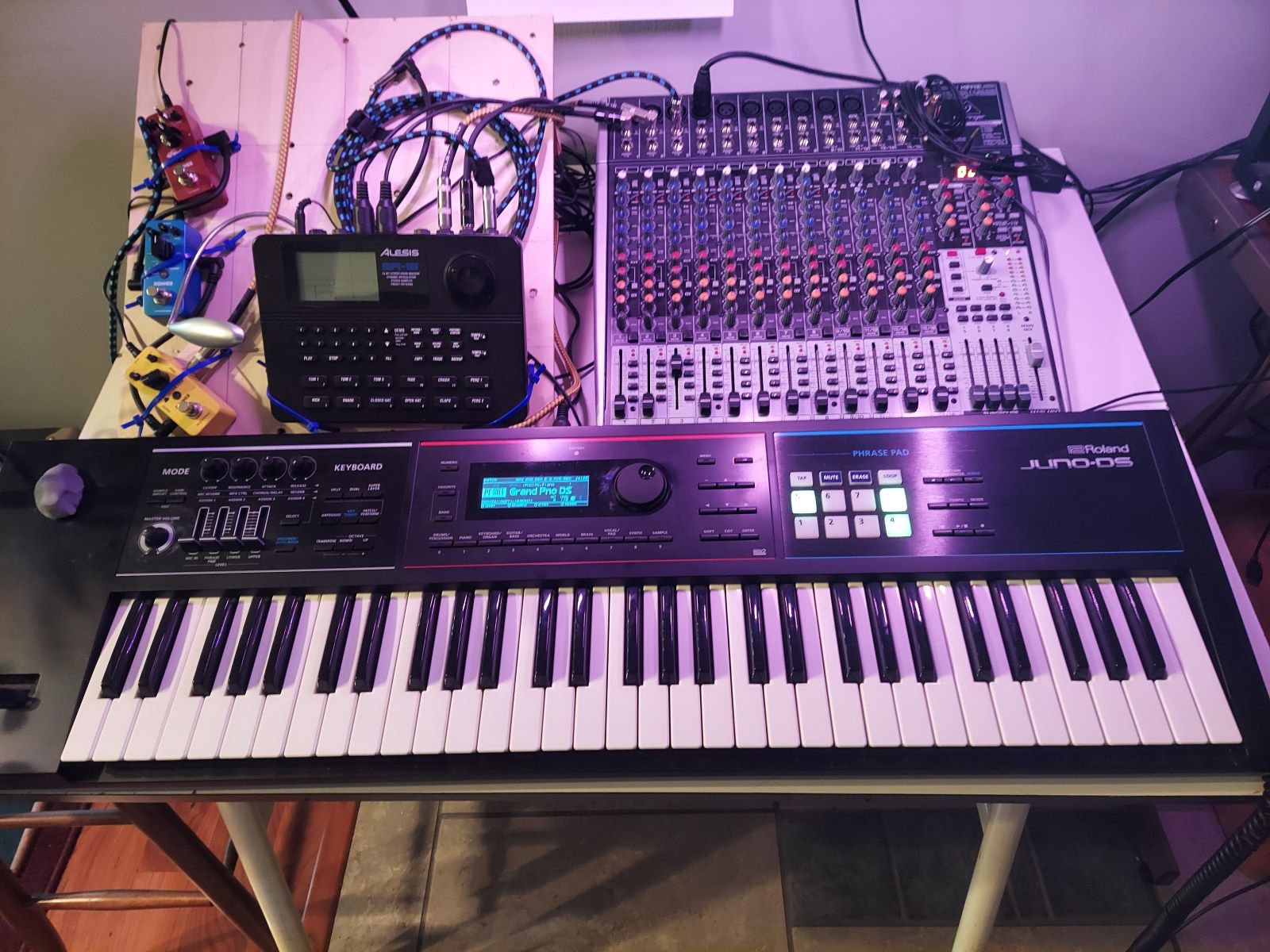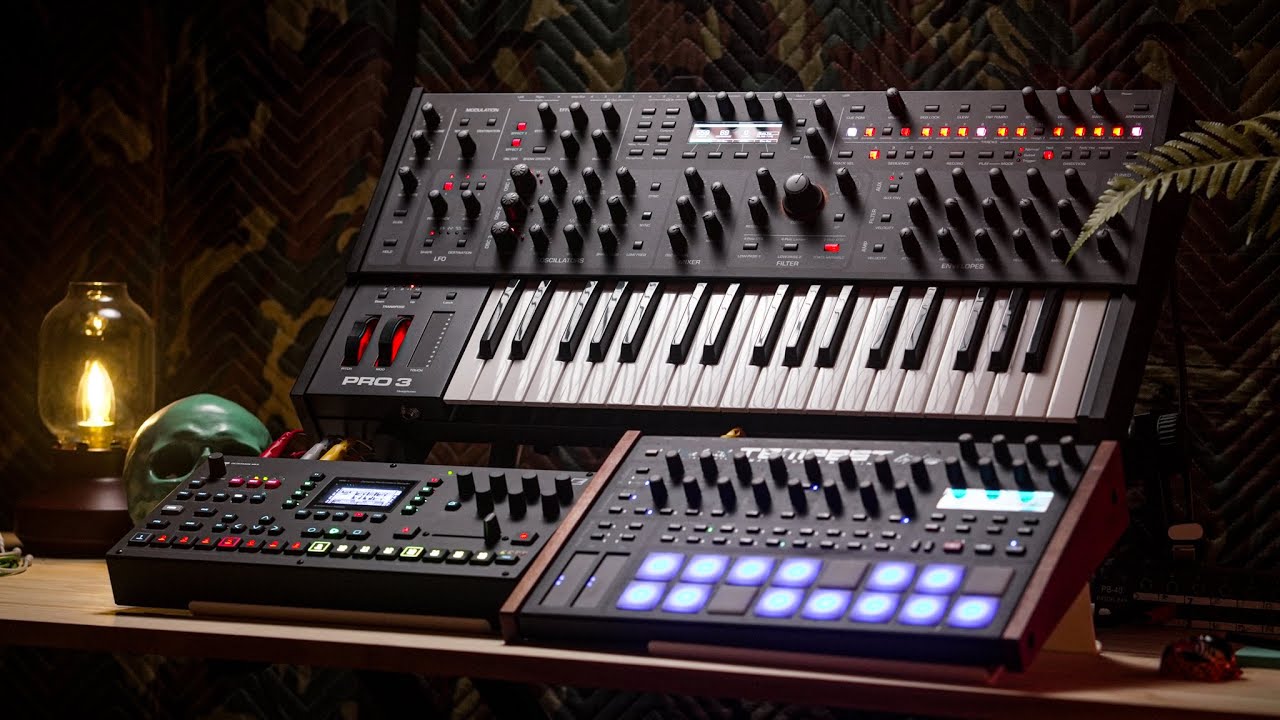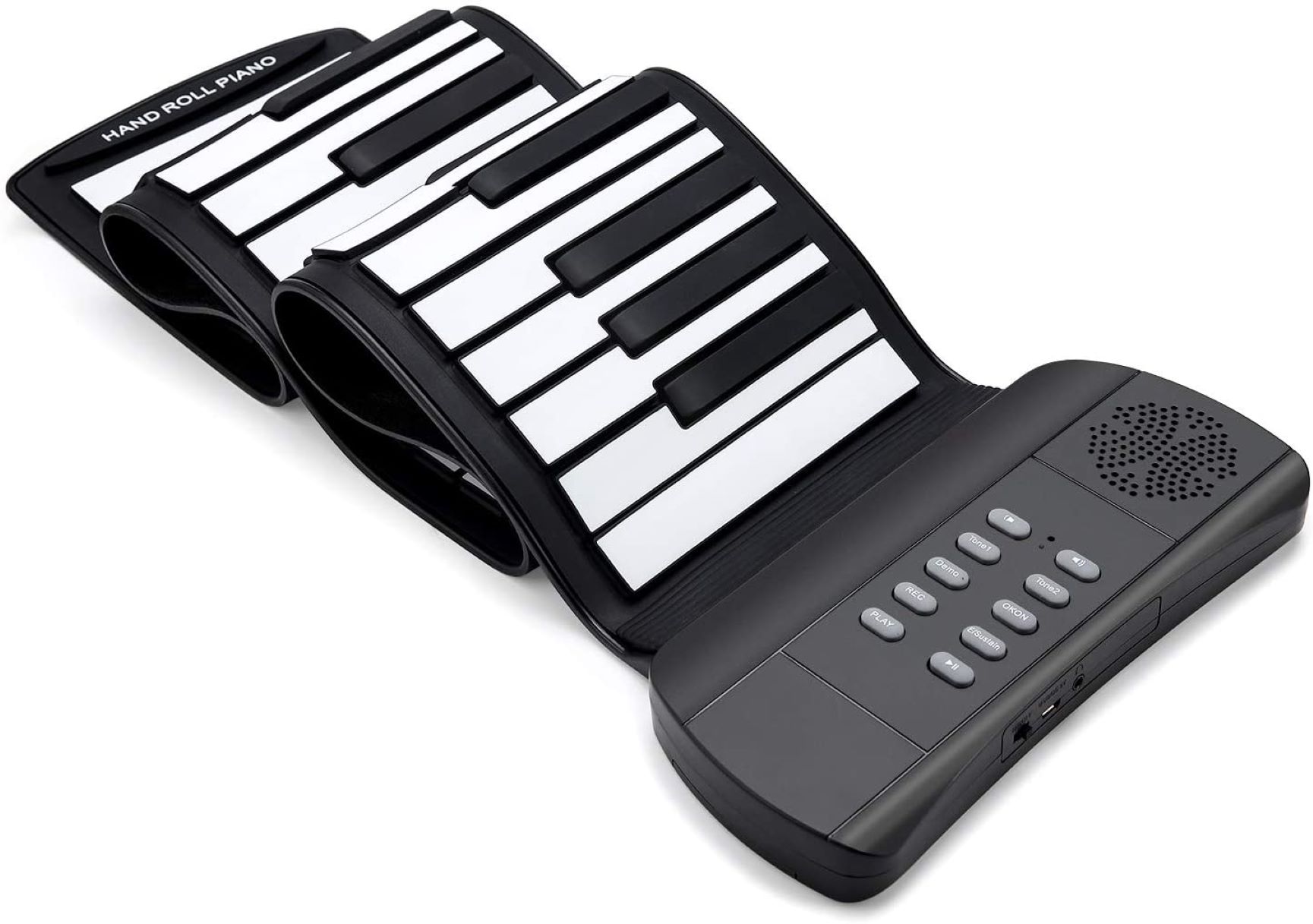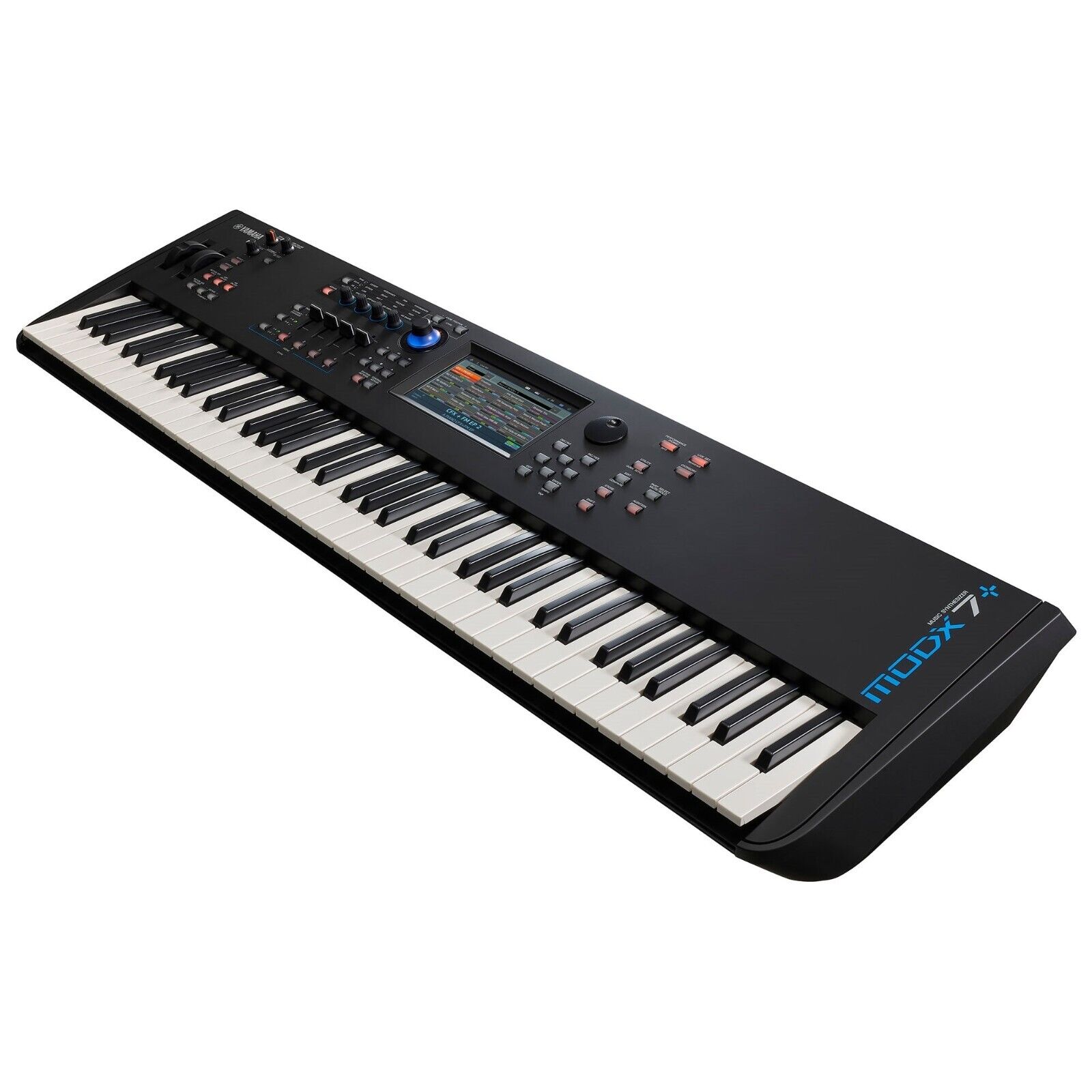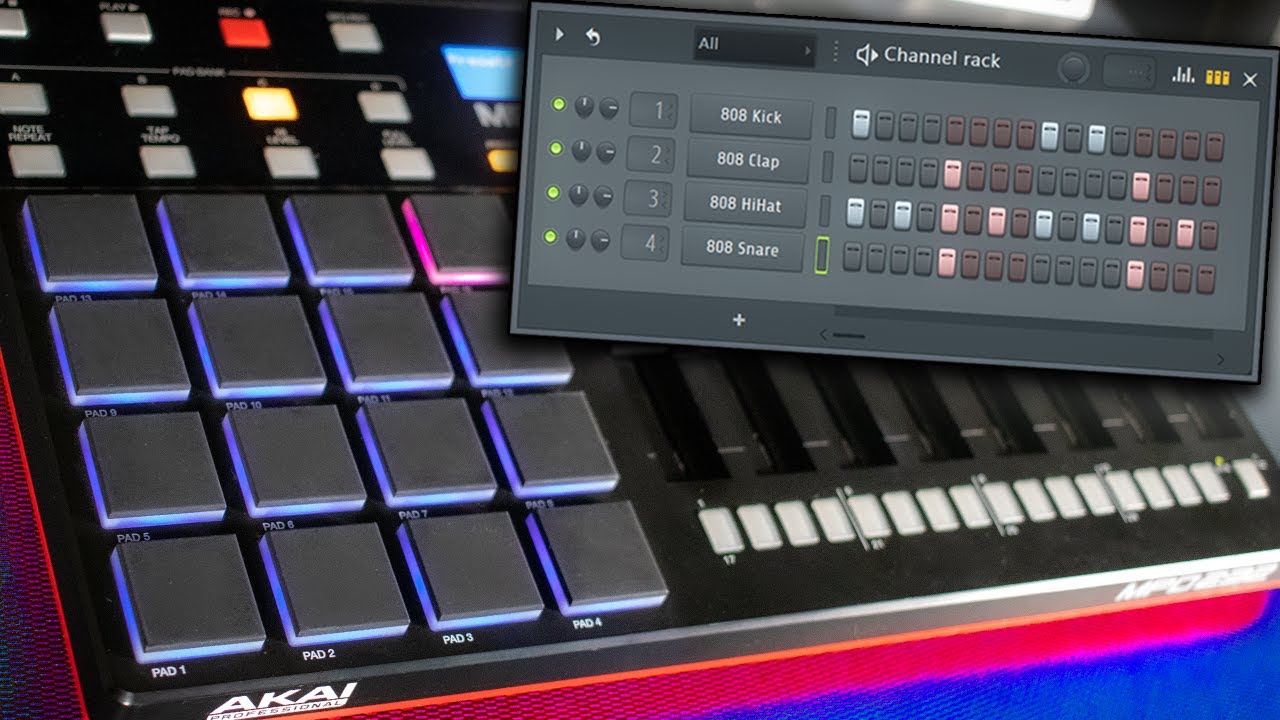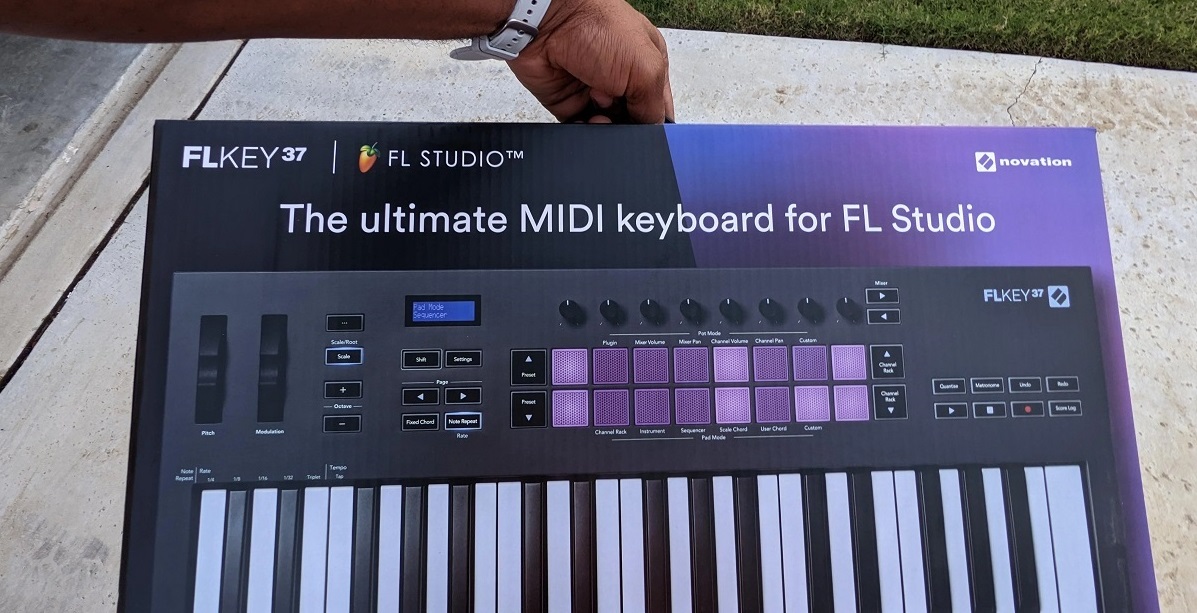Getting Started with Keyboard Drumming
So, you've got a digital piano and you're eager to expand your musical horizons beyond the traditional piano sounds. Keyboard drumming is an exciting way to add a rhythmic dimension to your music, whether you're a beginner or an experienced pianist looking to diversify your skills.
With keyboard drumming, you can emulate the sounds of a full drum kit using the keys of your digital piano, allowing you to create dynamic and engaging rhythms. This versatile technique opens up a world of possibilities, enabling you to experiment with various musical genres and styles.
Whether you're aiming to play in a band, create your own beats, or simply add depth to your solo performances, keyboard drumming can be a valuable addition to your musical repertoire. In this comprehensive guide, we'll explore the fundamentals of keyboard drumming, from selecting the right sounds to mastering basic and advanced drum patterns. Additionally, we'll provide valuable tips to help you enhance your keyboard drumming skills and unlock your creative potential.
So, grab your digital piano, unleash your creativity, and let's dive into the exciting world of keyboard drumming!
Getting Started with Keyboard Drumming
Embarking on your keyboard drumming journey is an exhilarating endeavor that promises to expand your musical prowess and ignite your creativity. Before delving into the technical aspects of keyboard drumming, it’s essential to familiarize yourself with the basic principles and techniques that will serve as the foundation for your rhythmic explorations.
First and foremost, ensure that your digital piano is equipped with a diverse range of high-quality drum sounds. These sounds will emulate the timbres of various drum components, such as the kick, snare, hi-hat, toms, and cymbals. Familiarize yourself with the location of these sounds on your keyboard, as this knowledge will be instrumental in creating authentic and compelling drum patterns.
As you prepare to unleash your rhythmic creativity, it’s crucial to adopt a relaxed and ergonomic playing posture. Position yourself comfortably in front of your digital piano, ensuring that your hands are poised to navigate the keys with ease. Maintaining a relaxed posture will not only enhance your playing endurance but also facilitate fluid and expressive drumming performances.
Once you’re comfortably seated at your digital piano, take a moment to explore the diverse array of drum sounds at your disposal. Experiment with different sound combinations and familiarize yourself with the unique tonal characteristics of each drum sound. This exploration will lay the groundwork for crafting captivating and authentic drum patterns that resonate with your musical vision.
Before diving into intricate drum patterns, it’s beneficial to practice playing individual drum sounds in isolation. By honing your ability to produce clean and articulate drum sounds, you’ll lay a solid foundation for executing complex rhythmic arrangements with precision and finesse.
As you immerse yourself in the world of keyboard drumming, remember that patience and persistence are key virtues. Embrace the learning process with an open mind and a willingness to experiment, knowing that each practice session brings you one step closer to mastering the art of keyboard drumming.
Choosing the Right Sounds
When delving into the realm of keyboard drumming, the selection of appropriate drum sounds is paramount to achieving authentic and compelling rhythmic expressions. Your digital piano offers a diverse palette of drum sounds, each imbued with unique tonal qualities that contribute to the overall sonic tapestry of your performances. Understanding the nuances of different drum sounds and their roles in a rhythmic context will empower you to craft captivating and dynamic drum patterns.
Begin by acquainting yourself with the fundamental drum sounds that form the backbone of rhythmic compositions. The kick drum, characterized by its deep and resonant thud, provides the foundational pulse of many musical styles, anchoring the rhythm with its low-frequency impact. The snare drum, known for its crisp and versatile timbre, adds rhythmic punctuation and accentuation, enhancing the groove and driving the music forward. The hi-hat cymbals, with their characteristic sizzle and articulation, introduce intricate rhythmic textures and contribute to the overall feel and dynamics of the beat.
As you explore the array of drum sounds on your digital piano, take note of the diverse tonal variations available for each drum component. Experiment with different kick drum tones, ranging from punchy and tight to deep and resonant, to discern their sonic characteristics and identify the nuances that best complement your musical vision. Similarly, explore the myriad snare drum timbres, spanning from crisp and tight to deep and resonant, to uncover the sonic palette that resonates with your artistic sensibilities.
While the foundational drum sounds form the core of your rhythmic palette, don’t overlook the expressive potential of auxiliary percussion sounds. Toms, cymbals, and various percussion instruments expand the sonic landscape, offering opportunities to infuse your drumming performances with diverse textures and rhythmic embellishments. Take the time to familiarize yourself with these auxiliary sounds, as they can enrich your rhythmic compositions and add depth and complexity to your drum patterns.
As you navigate the myriad drum sounds at your disposal, consider the stylistic implications of each sound and its compatibility with the musical genres you intend to explore. Whether you’re drawn to the driving rhythms of rock and pop or the intricate grooves of jazz and funk, tailoring your drum sound selection to align with the stylistic conventions of each genre will enhance the authenticity and impact of your keyboard drumming performances.
Basic Drum Patterns
Mastering basic drum patterns is an essential step in honing your keyboard drumming skills and laying a solid rhythmic foundation for your musical explorations. These foundational patterns serve as building blocks for more intricate and elaborate rhythms, empowering you to infuse your musical compositions with engaging and dynamic drumming performances. Whether you’re delving into rock, pop, jazz, or electronic music, familiarizing yourself with basic drum patterns will equip you with the rhythmic vocabulary to express your musical ideas with clarity and precision.
One of the fundamental drum patterns to acquaint yourself with is the straight-ahead rock beat. Characterized by its driving and steady pulse, the rock beat typically features a consistent kick drum on beats one and three, complemented by snare drum accents on beats two and four. This foundational pattern forms the rhythmic backbone of countless rock and pop compositions, providing a solid framework for energetic and compelling drum performances.
In addition to the rock beat, the shuffle groove is a quintessential rhythm that permeates various musical styles, particularly blues and jazz. The shuffle rhythm introduces a distinctive swing feel, infusing the music with a syncopated and infectious groove. By familiarizing yourself with the shuffle pattern, you’ll expand your rhythmic repertoire and develop a nuanced understanding of different rhythmic feels and subdivisions.
As you delve into keyboard drumming, it’s crucial to internalize the concept of syncopation and explore its application in basic drum patterns. Syncopated rhythms introduce offbeat accents and unexpected rhythmic placements, injecting vitality and unpredictability into your drum performances. By mastering syncopated drum patterns, you’ll cultivate a heightened sense of rhythmic dexterity and creativity, enabling you to craft compelling and innovative drumming arrangements.
Furthermore, the exploration of basic drum patterns should encompass the development of dynamic and expressive drum fills. Drum fills serve as transitional flourishes that punctuate musical phrases, adding excitement and momentum to the music. By incorporating simple yet effective drum fills into your rhythmic vocabulary, you’ll enhance the ebb and flow of your drumming performances, creating moments of heightened impact and musicality.
Ultimately, mastering basic drum patterns lays the groundwork for your rhythmic evolution as a keyboard drummer. These foundational rhythms provide a springboard for delving into more complex and challenging rhythmic territories, empowering you to express your musical identity with clarity, confidence, and artistry.
Advanced Drumming Techniques
As you continue to expand your proficiency in keyboard drumming, delving into advanced drumming techniques will elevate your rhythmic capabilities and imbue your performances with depth, complexity, and expressiveness. These advanced techniques encompass a diverse array of rhythmic concepts and approaches, empowering you to craft intricate and compelling drum patterns that captivate and inspire your audience.
One pivotal aspect of advanced drumming is the exploration of polyrhythms and cross-rhythms. Polyrhythms involve the simultaneous articulation of multiple rhythmic patterns, each occupying its own distinct metric space. Embracing polyrhythmic concepts enables you to weave intricate and layered rhythmic tapestries, fostering a heightened sense of rhythmic complexity and sophistication in your drumming performances. Similarly, cross-rhythms introduce compelling rhythmic tensions by juxtaposing contrasting rhythmic subdivisions, adding depth and intrigue to your rhythmic explorations.
Another advanced drumming technique that enriches your rhythmic palette is the incorporation of ghost notes and nuanced articulations. Ghost notes, characterized by their subtle and subdued volume, introduce intricate rhythmic textures and embellishments, infusing your drum patterns with subtlety and finesse. By mastering the art of ghost notes and nuanced articulations, you’ll enhance the dynamic range and expressiveness of your drumming performances, elevating them to new levels of musicality and sophistication.
Furthermore, the utilization of ostinatos and rhythmic ostinato patterns empowers you to create persistent and recurring rhythmic motifs that underpin the musical fabric of your compositions. Ostinatos serve as rhythmic anchors, providing a sense of continuity and cohesion while offering opportunities for rhythmic variation and development. By integrating rhythmic ostinatos into your drumming repertoire, you’ll infuse your performances with rhythmic motifs that resonate with memorability and impact.
In the realm of advanced drumming, the exploration of odd time signatures and asymmetrical rhythmic phrasing broadens your rhythmic horizons and challenges conventional rhythmic conventions. Embracing odd time signatures, such as 5/4, 7/8, or 9/8, introduces a sense of rhythmic unpredictability and complexity, fostering a fertile ground for innovative and unconventional rhythmic expressions. Similarly, asymmetrical rhythmic phrasing disrupts traditional rhythmic norms, inviting you to craft rhythmic patterns that defy expectations and invite listeners into uncharted rhythmic territories.
By immersing yourself in these advanced drumming techniques, you’ll embark on a transformative rhythmic journey that expands your creative horizons and elevates your drumming performances to new artistic heights. Embrace the challenges and rewards of advanced drumming, knowing that each rhythmic exploration enriches your musical identity and empowers you to communicate with depth, nuance, and virtuosity.
Tips for Improving Your Keyboard Drumming Skills
Embarking on a journey to enhance your keyboard drumming skills requires dedication, perseverance, and a willingness to embrace continuous growth and learning. Whether you’re a novice exploring the rhythmic possibilities of keyboard drumming or a seasoned pianist seeking to expand your musical horizons, the following tips will empower you to elevate your drumming proficiency and unlock your rhythmic potential.
- Consistent Practice: Dedicate regular practice sessions to keyboard drumming, focusing on refining your technique, internalizing rhythmic patterns, and expanding your repertoire of drumming styles and genres. Consistent practice cultivates muscle memory, enhances rhythmic precision, and fosters a deep understanding of diverse rhythmic concepts.
- Dynamic Dynamics: Embrace the nuances of dynamic expression in your drumming performances, exploring variations in volume, articulation, and touch to imbue your rhythms with depth, emotion, and musicality. Dynamic control enhances the expressiveness of your drumming, elevating your performances to resonate with impact and sensitivity.
- Active Listening: Immerse yourself in a diverse array of musical genres and styles, attentively listening to the rhythmic intricacies of professional drummers and percussionists. Analyze their rhythmic approaches, techniques, and stylistic nuances, drawing inspiration from their performances to inform and enrich your own drumming endeavors.
- Rhythmic Vocabulary: Expand your rhythmic vocabulary by studying diverse drumming traditions, rhythmic patterns, and cultural rhythmic practices from around the world. Embracing rhythmic diversity broadens your creative palette, infusing your drumming with eclectic influences and innovative rhythmic expressions.
- Collaborative Exploration: Engage in collaborative musical experiences, whether through jam sessions, ensemble performances, or virtual collaborations with other musicians. Collaborative exploration nurtures your ability to synchronize with other instrumentalists, adapt to diverse musical contexts, and contribute to cohesive and compelling musical ensembles.
- Video Documentation: Record and review your drumming performances through video documentation, allowing you to assess your technique, posture, and expressive gestures. Video analysis provides valuable insights into areas for improvement, facilitating targeted and informed practice sessions to refine your drumming skills.
- Exploratory Creativity: Cultivate a spirit of exploratory creativity in your drumming endeavors, embracing experimentation, improvisation, and the fearless pursuit of novel rhythmic ideas. Unleash your creative ingenuity to push the boundaries of traditional drumming, fostering innovation and originality in your rhythmic expressions.
By integrating these tips into your practice regimen and artistic mindset, you’ll embark on a transformative journey of rhythmic growth and artistic evolution. Embrace the rhythmic tapestry of keyboard drumming with passion, curiosity, and an unwavering commitment to continuous improvement, knowing that each rhythmic exploration brings you closer to realizing your full potential as a dynamic and expressive drummer.







